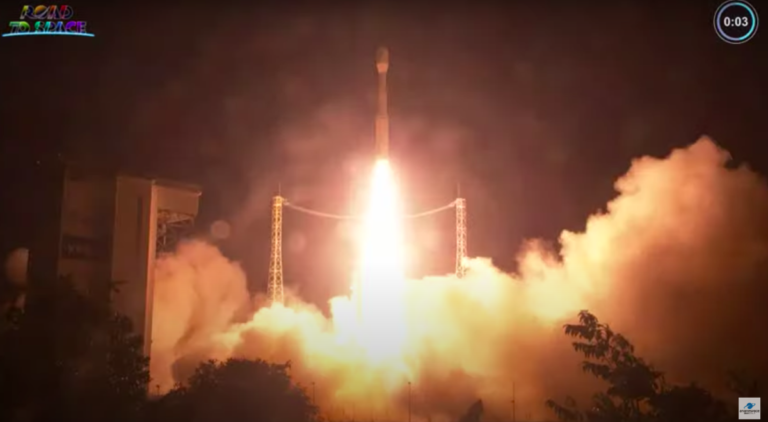
[ad_1]
The second mission of Europe’s new Vega C rocket did not go according to plan.
The medium-lift Vega C lifted off from Europe’s Spaceport in Kourou, French Guiana on Tuesday (Dec. 20) at 8:47 p.m. EST (10:47 p.m. local time; 0147 GMT on Dec. 21), carrying two satellites for Airbus’ Pléiades Neo Earth-imaging constellation.
The rocket’s first stage, known as the P120C, did its job. But the second stage, called the Zefiro 40, did not.
“Approximately 2 minutes and 27 seconds after liftoff an anomaly occurred on the Zefiro 40, thus ending the Vega C mission,” representatives of Arianespace, the French company that operates the Vega C, said in an emailed statement on Tuesday night. “Data analyses are in progress to determine the reasons of this failure.”
Related: The history of rockets

The Vega C was developed by the European Space Agency (ESA) and is operated by Arianespace.
The 115-foot-tall (35 meters), four-stage rocket is a more powerful version of the Vega, which first flew in 2012. The Vega C can haul about 5,070 pounds (2,300 kilograms) of payload to a 435-mile-high (700 kilometers) sun-synchronous orbit, compared to 3,300 pounds (1,500 kg) for the older rocket, according to Arianespace (opens in new tab).
The two spacecraft that were lost due to Tuesday’s failure, Pléiades Neo 5 and Pléiades Neo 6, together weighed 4,359 pounds (1,977 kg). The duo were headed to sun-synchronous orbit, where they would have completed Airbus’ Pléiades Neo Earth-imaging constellation.
“The constellation is made of four identical satellites, built using the latest Airbus innovations and technological developments, and allows to image any point of the globe, several times per day, at 30-centimeter [12 inches] resolution,” Arianespace wrote in a mission description of the Vega C (opens in new tab).
“Highly agile and reactive, they can be tasked up to 15 minutes before acquisition and send the images back to Earth within the following hour,” Arianespace added. “Smaller, lighter, more agile, accurate and reactive than the competition, they are the first of their class whose capacity will be fully commercially available.”
The Vega C had one flight under its belt before Tuesday. In July 2022, the rocket successfully lofted LARES-2, a 650-pound (295 kg) satellite developed by the Italian Space Agency, as well as six ride-along cubesats.
Tuesday’s mission was originally supposed to lift off on Nov. 24. But Arianespace delayed it nearly a month to replace faulty equipment on the rocket, a process that required opening the Vega C’s payload fairing (opens in new tab) at a processing facility in Kourou.
Further analyses will presumably attempt to determine if the faulty equipment had anything to do with the launch failure. We should learn more on Wednesday (Dec. 21); Arianespace plans to hold a media teleconference at 10 a.m. EST (1500 GMT).
Mike Wall is the author of “Out There (opens in new tab)” (Grand Central Publishing, 2018; illustrated by Karl Tate), a book about the search for alien life. Follow him on Twitter @michaeldwall (opens in new tab). Follow us on Twitter @Spacedotcom (opens in new tab) or on Facebook (opens in new tab).
[ad_2]